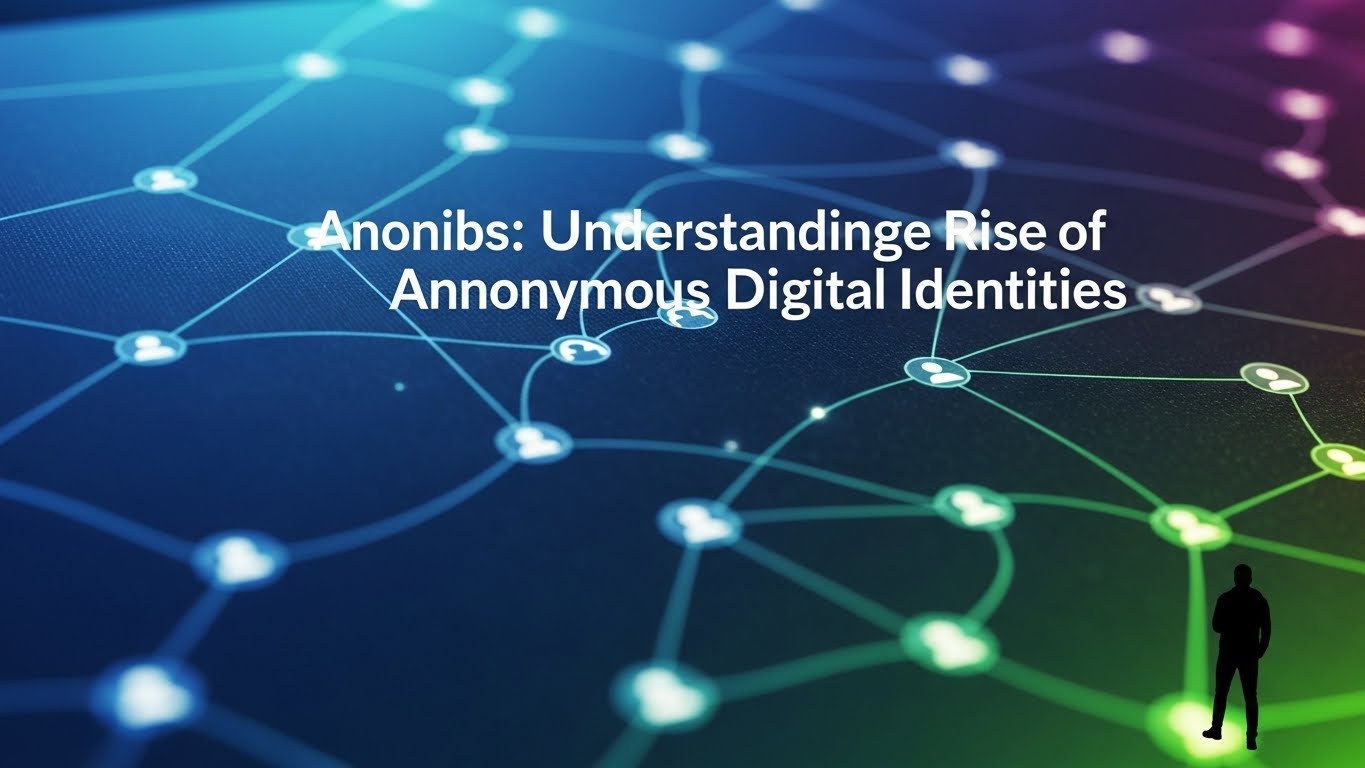In the ever-evolving digital landscape, new terms and trends emerge frequently, but few manage to gain lasting attention. One such rising term is Sylveer. Though still mysterious to some, Sylveer has started to carve a niche for itself across digital platforms, especially among tech-savvy individuals and creative professionals.
So, what exactly is Sylveer? Why is it drawing interest from across the online world? This article explores its essence, possible origins, potential applications, and why it’s becoming a name worth knowing in today’s fast-paced digital culture.
Understanding the Meaning Behind Sylveer
Sylveer isn’t tied to a mainstream product, corporate brand, or app—yet. Instead, it appears to be a digital identity, creative label, or conceptual brand often associated with innovation, individuality, and freedom of expression. Unlike typical tech startups or mehttps://en.wikipedia.org/wiki/Documenthttps://en.wikipedia.org/wiki/Documenthttps://en.wikipedia.org/wiki/Documentdia platforms, Sylveer carries with it a sense of artistic mystery and digital minimalism.
While it doesn’t have a singular definition, many in design, coding, and creator communities use Sylveer as a tag for forward-thinking projects or as a digital alias representing experimental and community-centered content.
Origins: Where Did Sylveer Come From?
The roots of Sylveer are not clearly documented, which adds to its enigmatic appeal. It first began showing up in creative forums, collaborative online projects, and developer discussions. Some believe it started as an online persona or pseudonym that later evolved into a symbolic term representing decentralized and community-based innovation.
Its obscure beginnings help Sylveer stand apart from ovhttps://en.wikipedia.org/wiki/Documenterly branded platforms. This organic emergence resonates with creators tired of algorithms, censorship, and corporate oversight.
Core Attributes Associated with Sylveer
While still developing, Sylveer has already become linked to several defining characteristics:
1. Creativity and Innovation
The name Sylveer often appears in projects pushing creative boundaries—whether in digital art, design, or next-gen technology.
2. Decentralized Spirit
Many Sylveer-associated ideas emphasize user ownership, privacy, and freedom. This links closely with the broader Web3 and blockchain movement.
3. Minimalist and Clean Aesthetic
The term is often found in contexts that favor simplicity, clarity, and streamlined user experiences.
4. Community-Focused Identity
Sylveer isn’t about one person or company. It’s a shared space or idea that invites others to participate and contribute without needing formal leadership.
Why Is Sylveer Becoming So Popular?
The growing popularity of Sylveer can be attributed to larger cultural and technological shifts. People are increasingly drawn to platforms and identities that allow for personalization and freedom—qualities that Sylveer seems to champion.
A. Rise of Digital Independence
Today’s internet users want control over their data and content. Sylveer, which avoids centralized ownership, aligns perfectly with these values.
B. Break from Overbranding
Traditional apps often feel overly curated and commercial. Sylveer provides a refreshing alternative—raw, unfiltered, and community-rooted.
C. Appeal to Younger Creators
Digital natives and Gen Z creators often look for uniqueness in how they express themselves online. Sylveer acts as a modern, flexible, and open canvas for that expression.
Use Cases and Possible Applications of Sylveer
Even though Sylveer is still evolving, it’s already being embraced in various digital spaces:
1. Personal Brands
Many creators adopt Sylveer as a digital persona to showcase their work under an identity that stands for creativity and independence.
2. Collaborative Projects
Designers, developers, and artists have used the Sylveer label for community-built software, art galleries, and open-source experiments.
3. Web3 Integration
Some see Sylveer as the perfect identity for decentralized applications (dApps), NFT showcases, or blockchain-powered networks where user control is key.
How Sylveer Differs from Conventional Platforms
Let’s compare Sylveer with traditional digital platforms to better understand its unique value:
| Feature | Traditional Platform | Sylveer |
|---|---|---|
| Ownership | Centralized companies | Community or individual-based |
| Branding | Heavily marketed | Organic and grassroots |
| Expression | Often limited by rules | Unrestricted and open |
| Growth | Profit-driven | Purpose or creativity-driven |
Sylveer is not trying to compete directly with big tech platforms. Instead, it offers an alternative—a space for those who want freedom, expression, and collaboration.
Challenges Facing Sylveer
Although Sylveer is gaining traction, it also faces certain obstacles that could affect its growth:
-
Lack of Clear Definition: Without a clear structure or owner, it may be hard for Sylveer to establish trust or consistent direction.
-
Scalability Concerns: Community-led efforts can be difficult to grow without losing authenticity.
-
Risk of Misuse: As with any open label, there’s potential for others to misuse the Sylveer name for low-quality or misleading content.
Still, these are growing pains that many disruptive ideas face. The key will be maintaining its values as it expands.
What the Future Holds for Sylveer
As digital trends evolve, is well-positioned to influence various fields—from art and design to software development and virtual identity. Its grassroots nature and adaptable use cases make it a prime candidate for long-term relevance.
Here’s what we might see in the future:
-
-branded tools or platforms that promote creator freedom.
-
Community-funded projects operating under the label.
-
Greater attention from media and tech observers as it gains traction.
Conclusion: Why Sylveer Matters in a Crowded Digital World
In a time when everything is labeled, trademarked, and sold, reminds us that some of the most powerful ideas come from communities—not corporations. Whether you view it as a concept, a movement, or a brand in progress, offers a breath of fresh air in the digital age.
Its rise reflects a shift in how people want to interact with the internet—not just as consumers, but as creators and collaborators.
So if you’re looking to build, explore, or just belong to something innovative, might be the name to watch.







